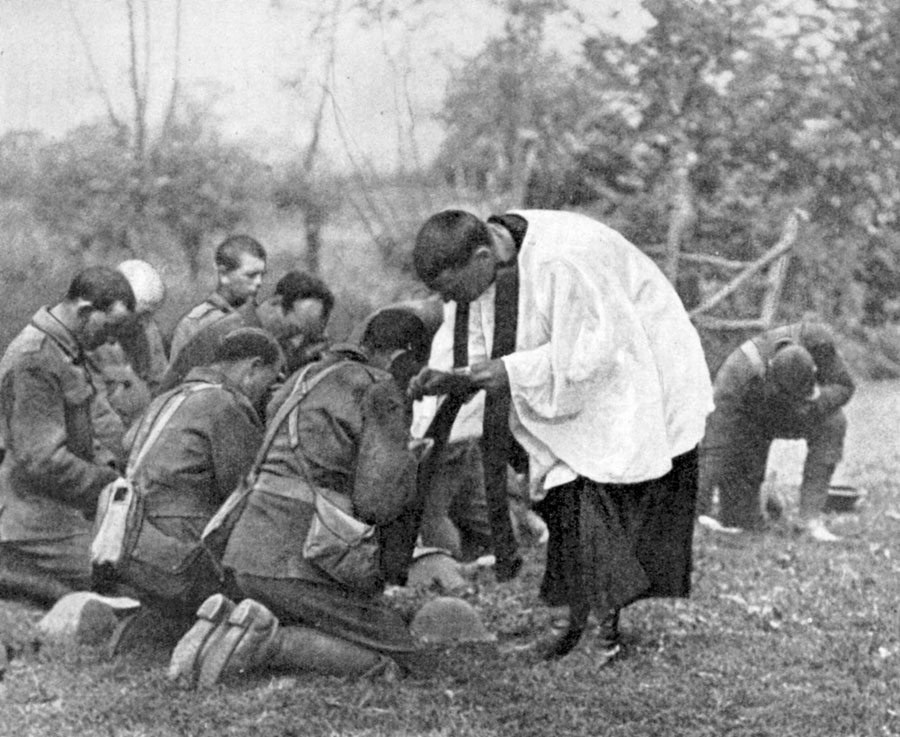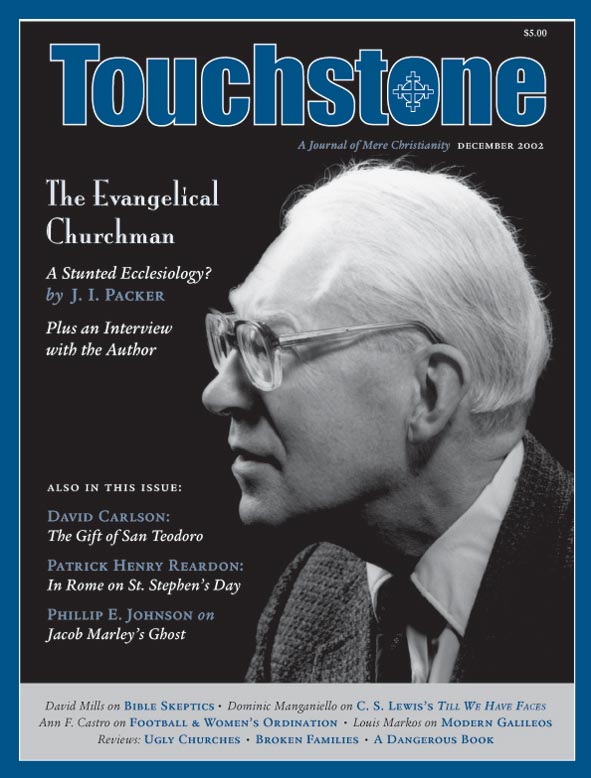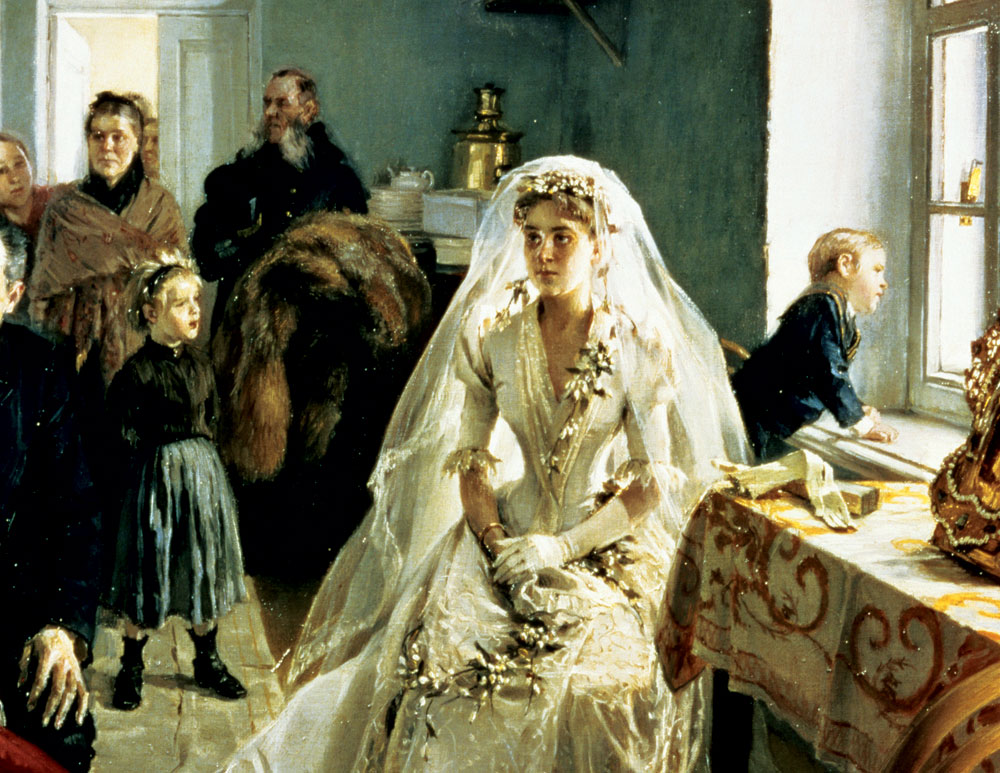Cubist Scripture
Constant reading of Scripture highlights the tendency of the writers to examine an event from different angles, even if the angles do not join seamlessly. At least two creation stories coexist in Genesis; Samuel gives several accounts of David’s initial encounter with Saul; Kings and Chronicles have the same story told from different viewpoints; and four Gospels look at the life of Christ—three from slightly different angles and one from a totally different perspective. The Scriptures practice a form of literary Cubism.
Painters noticed that the normal way of depicting a three-dimensional object on the two-dimensional plane of a painting did not allow the painter to show all sides of it. Cubists like Picasso experimented with ways of showing all sides of an object in the same painting. Although even cubist paintings did not capture the richness of triple dimensionality, they hinted at it, reminding the viewer of the innate limitations of the medium of painting in depicting reality.
The Scriptures do something similar. No doubt venerable traditions were cobbled together and inconsistencies only partly smoothed out, but the constant use of multiple, juxtaposed narratives reveals the intent of the Author. Scripture gives a God’s-eye view of history and thereby implicitly claims divine inspiration. But God sees the complexity of history far better than men can. The kingship in Israel was a punishment, a disaster, a blessing, and a promise of the Messiah all at once. David, a man after God’s own heart, was also a calculating politician who did not kill Saul because regicide would be a bad precedent for one who himself wanted to be king, and while he forgave him who cursed him as he fled from Absalom, on his deathbed he told his son Solomon not to let gray hairs go down quietly to the grave.
THIS ARTICLE ONLY AVAILABLE TO SUBSCRIBERS.
FOR QUICK ACCESS:
Leon J. Podles holds a Ph.D. in English from the University of Virginia, has worked as a teacher and a federal investigator, and is president of the Crossland Foundation. He is the author of The Church Impotent (Spence), Sacrilege (Crossland Press), and Losing the Good Portion: Why Men Are Alienated from Christianity (St. Augustine Press). Dr. Podles and his wife have six children and live in Baltimore, Maryland. He is a senior editor of Touchstone.
subscription options
Order
Print/Online Subscription

Get six issues (one year) of Touchstone PLUS full online access including pdf downloads for only $39.95. That's only $3.34 per month!
Order
Online Only
Subscription

Get a one-year full-access subscription to the Touchstone online archives for only $19.95. That's only $1.66 per month!
bulk subscriptions
Order Touchstone subscriptions in bulk and save $10 per sub! Each subscription includes 6 issues of Touchstone plus full online access to touchstonemag.com—including archives, videos, and pdf downloads of recent issues for only $29.95 each! Great for churches or study groups.
Transactions will be processed on a secure server.
more from the online archives

11.5—September/October 1998
Speaking the Truths Only the Imagination May Grasp
An Essay on Myth & 'Real Life' by Stratford Caldecott

35.4—Jul/Aug 2022
The Death Rattle of a Tradition
Contemporary Catholic Thinking on the Question of War by Andrew Latham
calling all readers
Please Donate
"There are magazines worth reading but few worth saving . . . Touchstone is just such a magazine."
—Alice von Hildebrand
"Here we do not concede one square millimeter of territory to falsehood, folly, contemporary sentimentality, or fashion. We speak the truth, and let God be our judge. . . . Touchstone is the one committedly Christian conservative journal."
—Anthony Esolen, Touchstone senior editor







